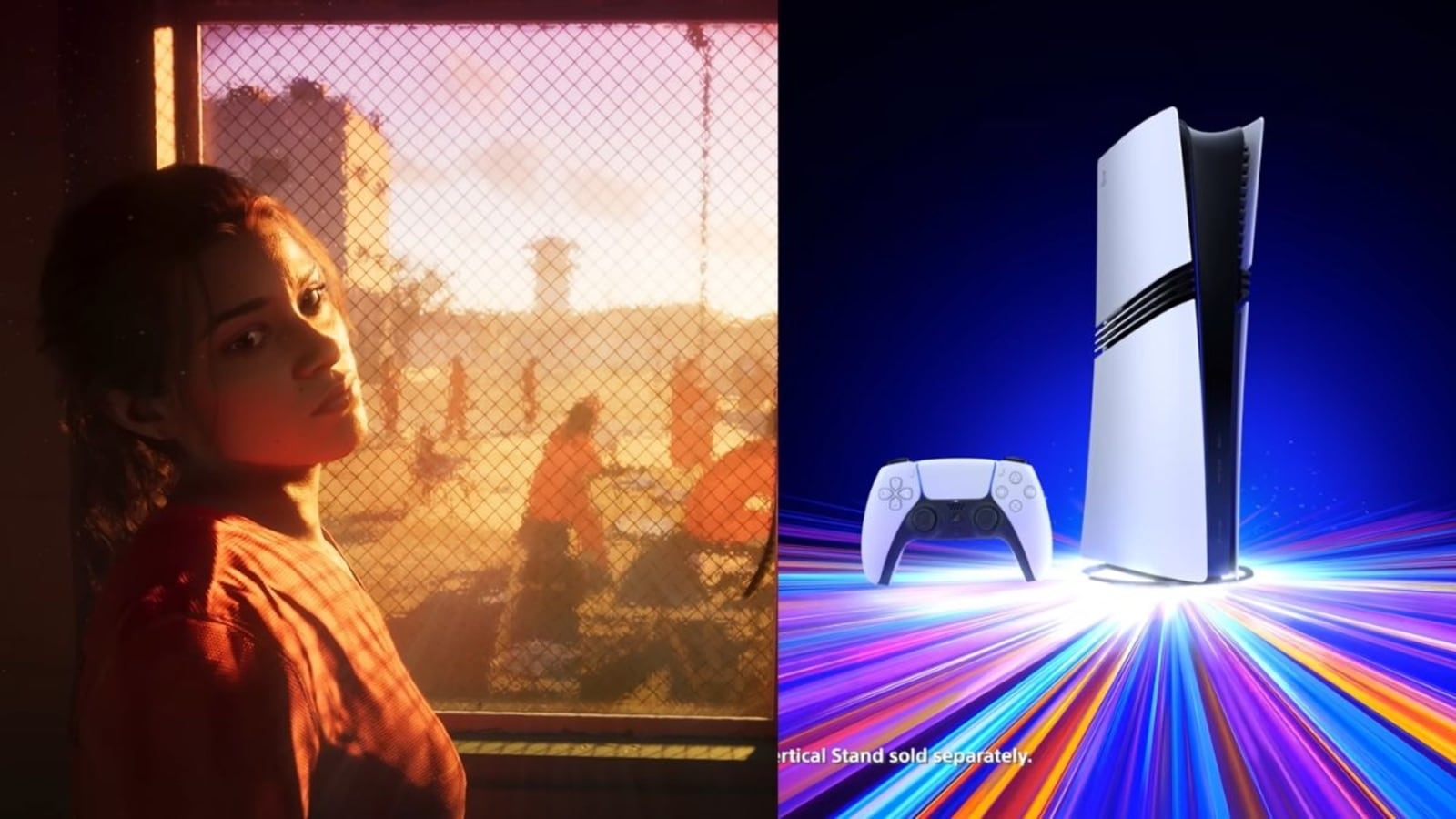That pilot was Gregory Ashton, 61, from Meridian, Idaho, who was flying Montie the Black Sheep, a grinning member of the special shape category, which also included Yoda, a tiger, and a sunglasses-wearing saguaro cactus.
Mr. Ashton put the pair to work right away, pulling out the balloon and getting it inflated, and then had them coming back over the next three days. The day before the festival ended, Mr. Ashton surprised Mrs. Graff with an invitation to fly. In the basket, her main task was to watch out for other balloons in the sky: Any aircraft below them had the right of way.
“We’re going, going, going,” Mrs. Graff said. “and then Greg adjusts the height, and then we just like, stop in the air. It’s a very cool experience to just feel that change and just look at everything, and look at the shadow of the balloons.”
Susan Van Campen, 65, a volunteer organizer at the festival, was helping recruit potential crew members at the stand where Mrs. Graff and Mr. Hunt had signed up. She handed anyone who expressed interest a sign-up sheet, a waiver, and booklets on safety and basic crewing tasks. Once the forms were signed, Mrs. Van Campen paired the volunteers with pilots, and if they returned for more crew shifts, she said, she would provide them with a crew pass to attend the festival at no cost (each session, either morning or evening, is normally $15 a person). With hundreds of pilots coming from all over, she added, the festival always needed more crew members.
A sparkling ending
Balloonists have a tradition, dating back to the early days in France, of sharing a champagne toast at the end of a flight, as a good-will gesture to the owner of the landing site, as well as to the crew.























